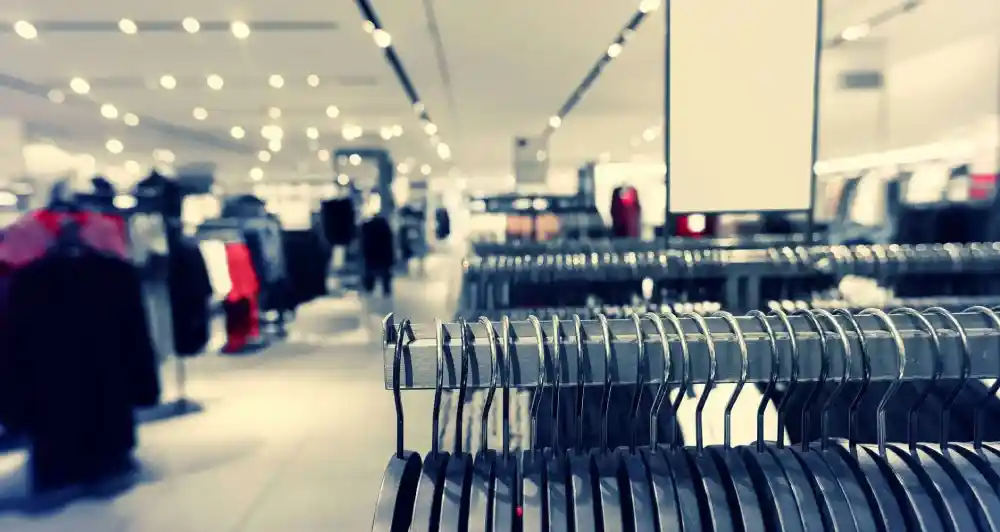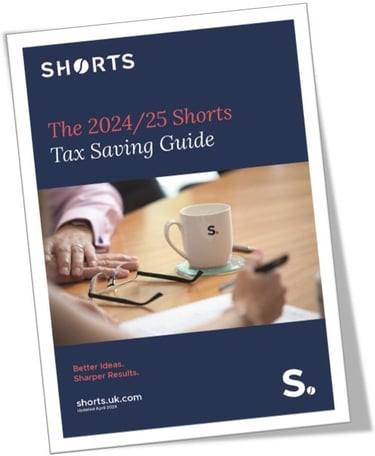
Buying and selling second-hand goods is a huge market. It includes individuals selling unwanted items and businesses whose model is selling second-hand items.
But where does VAT come into this? If you sell second-hand goods as a business, do you still need to pay VAT? And what amounts to ‘a business’ for VAT purposes?
Does the VAT threshold apply to businesses selling second-hand goods?
Yes, the threshold for VAT registration is an annual total VAT taxable turnover of £90,000 for businesses engaged in the sale of second-hand goods. This threshold was previously set at £85,000 until 1 April 2024.
What is VAT taxable turnover?
VAT taxable turnover is the total value of everything sold (including delivery costs), excluding items which are VAT-exempt.
This applies whether you are selling through eBay, in-store, or on your own eCommerce platform.
What is a "business" for VAT purposes?
Business is not easily defined. Many court cases have dealt with whether an individual or organisation was in business. When it comes to second-hand goods, buying and selling regularly may indicate a business. For example, buying items at car boot sales to sell on eBay.
If a business is registered for VAT, it must add VAT at the standard rate of 20%, unless a lower rate or exemption applies to the product, or if it uses a VAT margin scheme.
What is the VAT margin scheme for second-hand goods?
VAT margin schemes alter the amount of VAT paid on certain second-hand goods. The VAT margin scheme taxes the difference between what you paid for an item and its resale price. This VAT is paid at 16.67%, or one-sixth, of the difference.
The VAT margin scheme allows you to reduce the amount of VAT payable when selling certain goods on which you were unable to reclaim VAT after the initial purchase. The scheme means you would not have to account for VAT in the full selling price of these items.
It means if you sell a second-hand item for less than your purchase price, you will not have any VAT to account for.
Are you eligible for the VAT margin scheme?
Below is a list of items the VAT margin scheme can be used for, and some commonly sold second-hand goods for which it cannot be used.
| VAT margin scheme can be used for | VAT margin scheme cannot be used for |
| Second-hand goods | Any item that you bought which included VAT |
| Works of art | Precious metals |
| Antiques | Investment gold |
| Collectors’ items | Precious stones |
What goods are eligible for the VAT margin scheme?
Antiques and collector’s items are a point of contention.
Collectors’ items are defined in the law, and summarised by the Government as “stamps, coins and currency and other pieces of scientific, historical or archaeological interest.” There is some grey area; not all collectable items qualify as collectables for the VAT margin scheme.
Similarly, to qualify as an “antique” in this context, an item must be at least 100 years old.
To be able to use the VAT margin scheme, you must keep records of the cost of each individual item so that you can calculate the margin when you sell it.
Eligible acquisition of second-hand goods
To qualify for the VAT margin scheme, you must have acquired the goods for sale in circumstances where VAT cannot be reclaimed. The two most common examples of this in practice are:
-
Purchasing goods from a private individual or an unregistered business which is exempt from VAT, such as a casual seller or trade-in customer.
-
Purchasing goods from a business who are themselves selling through a VAT margin scheme.
You can read about all the specific conditions on the UK government website. If your business doesn’t meet all these conditions, it will not be eligible for the VAT margin scheme.
Do you need to register for VAT margin scheme?
Businesses eligible for the VAT margin scheme must be registered to pay VAT. There is, however, no separate registration required for the VAT margin scheme. Providing you meet the conditions set out above, you can use it in your VAT returns.
How to calculate your VAT margin
To calculate your VAT margin, you must work out the difference between the amount you paid for the item and the amount you sold it on for. This is not the same as your profit margin. Any extra costs associated with the second-hand sale must be excluded. Examples are repairs or refurbishment of a piece of second-hand hardware prior to your sale.
VAT margin example
A company buys a used laptop computer for £300 and invests £200 in upgrades/repairs, before selling it to a customer for £800.
The margin here is £500 (£800 second-hand price - £300 initial purchase). The upgrade/repair cost is excluded.
The VAT payable is therefore 16.67% of £500, or £83.33.
Incidental costs that are charged to the customer, such as postage and packaging, are included in the sale price.
.jpg)
Brian Gooch
I work extensively in the corporate owner managed business sector, covering transactional taxes, property taxes including Stamp Duty Land Tax and VAT, and all areas of business tax planning. I have considerable experience in maximising tax efficiency by reviewing business structures and planning corporate reorganisations.
View my articlesTags: VAT, Business Taxes


